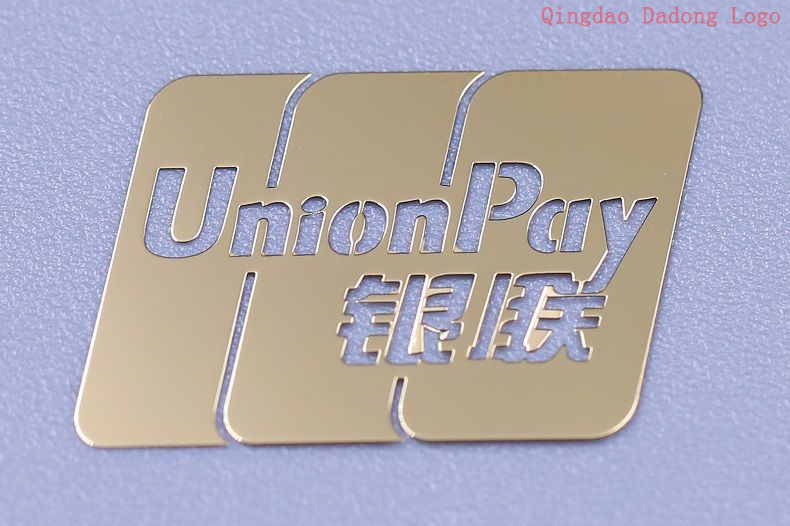NEWS
What is the effect of the thickness of the metal nameplate
Writer:admin Time:2023-06-13 11:29 Browse:℃
One of the most important factors to consider when selecting the metal used for making company nameplates is the thickness of the material. The thickness of the metal nameplate will affect the durability of the finished product and the level of detail you can add.
Usually, the thicker the material, the greater the rigidity. However, please ensure that your nameplate is thin enough to avoid any protruding metal on the parts, which may cause injury to past personnel. Rigidity, also known as stiffness, represents the resistance of a metal to bending. On the other hand, strength refers to the degree to which a material prevents damage. You need to consider these two factors.
How thickness affects metal nameplates
Is the thickness of the nameplate important? It will directly affect the results of your nameplate project. Aluminum is one of the commonly used metals in nameplate manufacturing. One of the benefits of this material is its wide range of thickness - from 0.002 inches to 0.063 inches. Your application and project requirements should guide you in selecting thickness
This ultra-thin aluminum material is soft and ductile, making it an ideal choice for foil label applications. Fixing the plate with adhesive provides a more practical solution for rivets or holes.

Although still relatively thin, this aluminum thickness level is not as prone to bending as measured by. 002. It provides sufficient stiffness for less demanding nameplate applications. You can find this type of material thickness call blueprint in the control panel or aircraft label.
This thickness level provides you with a cost-effective bending resistant manufacturing solution. Use it for nameplates on doors, tables, and other locations where there may be bending issues. Due to this thickness, lightweight aluminum products can be produced, so you can use adhesives to fix them on the desired surface.
This aluminum thickness level belongs to the "somewhat rigid" category.
For many projects, this thickness provides an ideal combination of rigidity and functionality. Due to this versatility, you can use this measurement for aluminum nameplate marking projects involving etching, engraving, digital printing, and many other methods. You can fix the finished board with rivets or adhesive.
If your project requires extremely thick sheets, this thickness provides the correct combination of durability and flexibility. When you need to add a lot of information, it is usually the best choice. An example of this thickness is similar to the thickness of a credit card.
As one of the thicker "nameplate standard" aluminum used for manufacturing nameplates, this version provides maximum stiffness and excellent strength. You will not be able to manually bend the finished product. It is also compatible with various labeling methods. For larger nameplates that require screw or bracket installation, please consider this thickness; However, adhesive is always optional!
This aluminum material can be used for special tasks and printed according to your specific requirements. If your blueprint or drawing requires a thickness of 0.125 inches or more, please call our sales personnel to discuss the best process for making a nameplate.
Learn more about nameplate thickness and usage
As a leading manufacturer and marker of nameplates, labels, and decals in various industries, Qingdao Dadong Electronics Co., Ltd. can help you determine the ideal nameplate thickness for your project. And we have 16 years of rich experience in handling aluminum and other materials such as stainless steel and rare metal nickel, brass, etc.
CATEGORIES
LATEST NEWS
CONTACT US
WhatsApp: +8615806503075
Tel: +8615806503075
Email: percy@dadonglogo.com
Addr: 7 Tonghe Road, Pingdu, Qingdao
